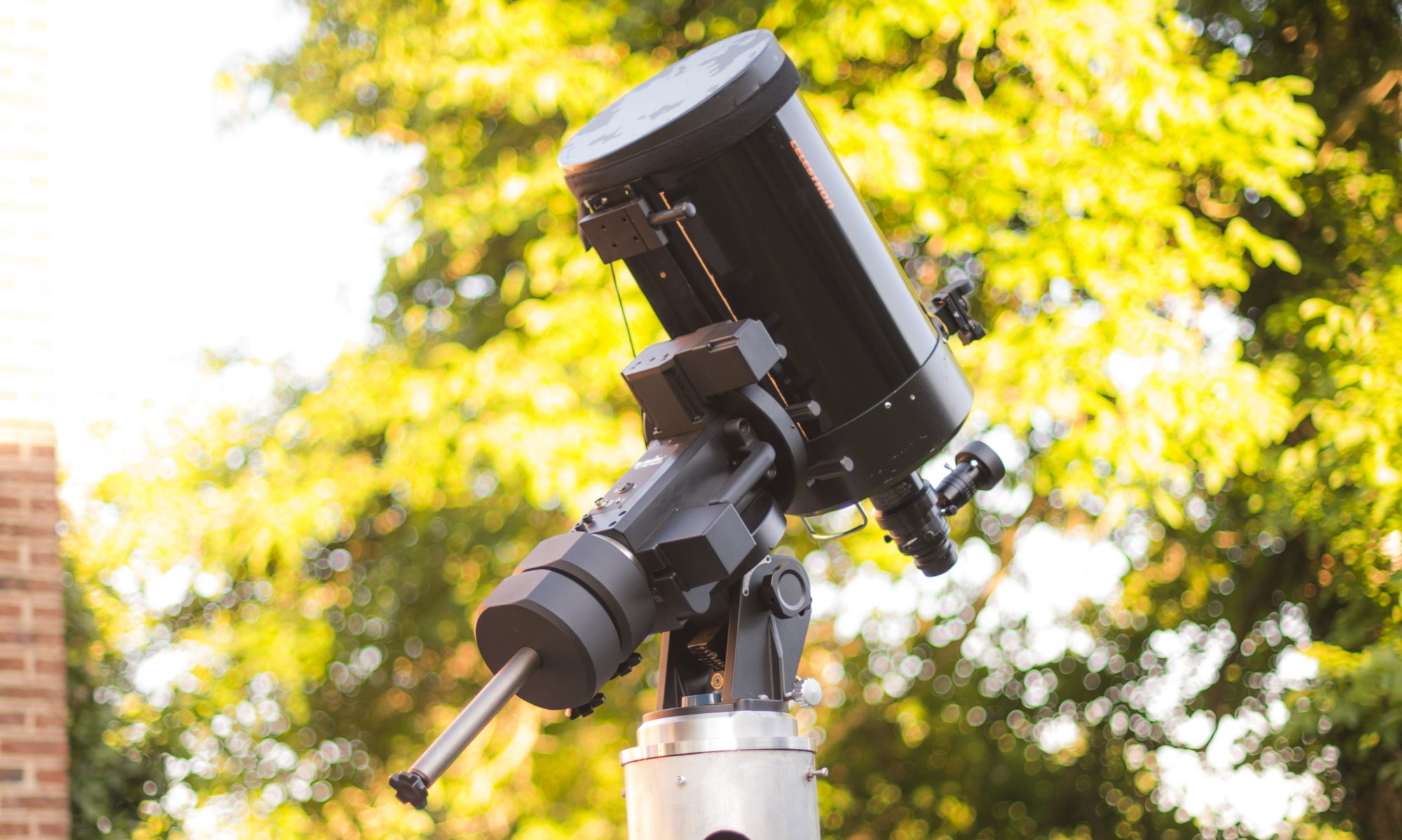The 2″ HuTech IDAS “Light Pollution Surpression” filter (Version D1) has been an indispensible key tool for my imaging. I used it almost on any occasion when extended exposure times are applicable.
The filter allows me to make longer exposures with a higher S/N ration in my moderate light-polluted skies (SQM 20.50). It removes the oranje hue of low-pressure sodium street lighting. In exceptional cases color balancing in the final picture becomes challenging but normally that is pretty straightforward. I I use the filter on my tele’s with a front step filter, effectively reducing in some case the aperture. An example: the Nikon 180mm ED has a F2.8. When applying the 2″ (50mm) filter in front of the lens the focal ration will be reduced to F/3,6. That is no problem since I set the aperture of the lens to F/4 anyhow, or I just leave it open at F 3.6, what would normally increase image sharpness especially in the edges.
However the added front glass maybe deteriorating the image in the corners instead. I suspect that this image of the Pleiades, taken with a 180mm ED F2.8 Nikon tele, has deformed stars as a result.
On several occasions (when bright stars are in the field) I had reflections, with the 200mm Nikon F/4 tele, and the 135mm F2 Nikon tele (all old pre-AIS models)


Meanwhile I replaced it with a Optolong L-Pro filter that is build into a Nikon T-Ring. It provides a far better mechanical approach compared to attaching your DSLR with a 2″ ring to the telescope.
Another property of the Optolong is that it provides better color balance in my experience.

